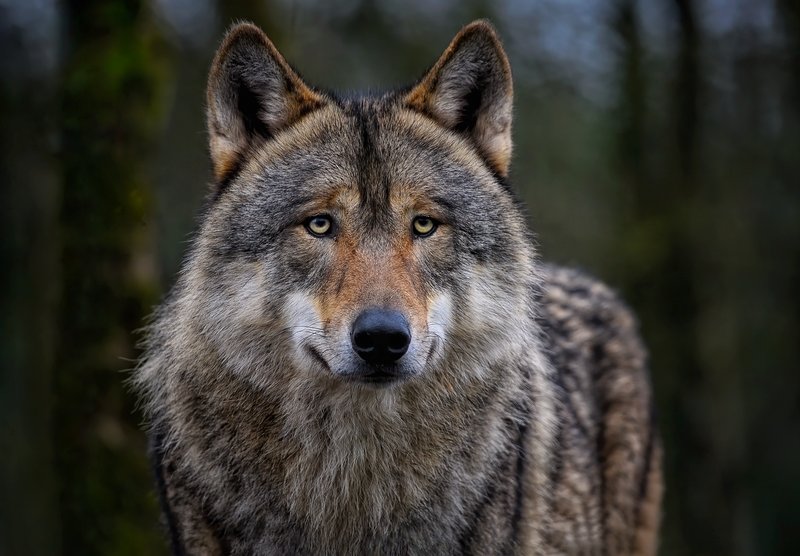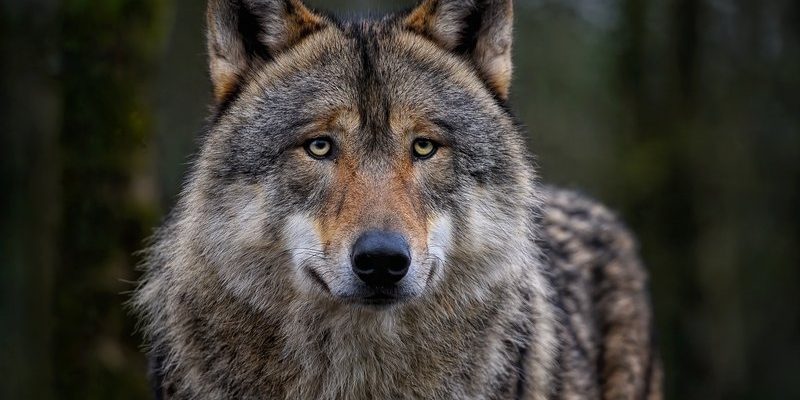
Imagine a cozy coffee chat where we’re diving into these strange and captivating larvae. Wolf worms, for some, might feel like a horror tale, but understanding their seasonal patterns can help us appreciate wildlife’s complexity. Much like how we dress differently for summer than winter, wolf worms adapt according to their environments, making their presence felt differently depending on where they live.
In this article, we’ll explore how **wolf worm seasonality** plays out across various climates. We’ll look at the factors influencing their life cycle, how temperature and humidity affect their development, and what this means for farmers and outdoor enthusiasts alike. Let’s get started!
What Are Wolf Worms?
Wolf worms are the larvae of the *hypoderma* fly, often referred to as “heel flies.” They develop inside the host animal, commonly sheep, providing a unique and somewhat alarming life cycle. Here’s how it works: adult flies lay their eggs on the host’s skin, and once the larvae hatch, they penetrate the skin and settle in various tissues. This can lead to some serious health problems for the host if left unchecked.
You might be wondering why someone would care about these seemingly gross creatures. Well, their impact on livestock can be significant, leading to reduced productivity and even death if infections become severe. Plus, studying their life cycle helps us understand not just the flies but also the intricate web of relationships within ecosystems.
Wolf Worm Life Cycle Explained
Understanding the wolf worm’s life cycle is key to grasping its seasonality. The entire process can take several months, beginning with an adult fly laying eggs. The eggs hatch, and the larvae enter the host in early summer. After spending most of their life inside, they eventually emerge to pupate in the soil, completing their cycle.
Typically, this lifecycle aligns with the warmer months. In many regions, you might notice a spike in cases around late spring to early fall. However, the timing can vary greatly. For instance, in tropical climates, wolf worms may have a more continuous presence due to favorable conditions year-round, while in colder places, the cycle largely halts during winter.
Climate Influence on Wolf Worm Seasonality
The climate of a region significantly influences the timing and behavior of wolf worms. In temperate climates, the larvae thrive during warm seasons, with populations declining drastically when temperatures drop. Conversely, in warmer areas, like parts of the southern United States or tropical regions, wolf worms can be active almost year-round.
Why does this matter? Well, livestock in these regions might face more constant exposure to wolf worms, leading to a higher risk of infestations. Farmers and livestock owners should be particularly vigilant in these areas during warmer months, especially if they live in regions that experience mild winters.
How Temperature Affects Development
Temperature is a crucial factor in wolf worm development. Warm weather accelerates their life cycle. Higher temperatures can reduce the time from egg to larva, meaning that infestations can occur more frequently. For instance, a few extra degrees in summer can cause an explosion in the wolf worm population.
Conversely, in colder climates, the larvae might go dormant. They can survive freezing conditions, but their development stalls. This can give livestock owners a bit of a break during winter months, as there are fewer active larvae to contend with.
Humidity and Its Role in Wolf Worm Populations
Humidity, too, plays a significant role in the life of wolf worms. These larvae thrive in moist environments, so areas with high humidity can see greater rates of infestation. When conditions are humid, the chances of fly breeding increase, leading to more eggs being laid on hosts.
During dry spells or droughts, the situation changes. The adult flies might struggle to find suitable conditions for laying eggs, resulting in fewer larvae in the environment. So, if you’re in a particularly humid area this summer, it may be time to keep an eye out for the potential impact of wolf worms on your livestock.
Regional Variations in Wolf Worm Seasonality
Let’s break down how wolf worms behave differently in various regions.
- Tropical Regions: In these areas, wolf worms are often present year-round due to warmer conditions. The life cycle continues without interruption, making vigilance necessary.
- Temperate Regions: These areas see distinct seasons. Wolf worms become more active in late spring, with populations peaking in summer. In winter, they effectively pause their life cycle until temperatures rise again.
- Cold Climates: Wolf worms become dormant during the harsh winters, so while they may be a concern during the warmer months, fall and winter can provide a much-needed respite.
Understanding these regional variations helps farmers and livestock owners plan for preventive measures.
Impacts on Livestock Health and Management
So why should we care? The presence of wolf worms can have serious implications for the health of livestock. Infestations could lead to damaged tissues, infections, and general discomfort for the animals. This can ultimately affect their growth and productivity, leading to economic losses for farmers.
Effective management strategies are essential. Farmers should consider implementing regular checks for wolf worm infestations, especially in warmer months or areas known for high humidity. Keeping livestock healthy, ensuring proper nutrition, and following veterinary guidelines can also help mitigate the risks associated with these pests.
Preventive Measures for Wolf Worms
To manage and prevent wolf worm infestations, there are several strategies to consider.
- Regular Check-ups: Schedule routine veterinary visits to keep tabs on your livestock’s health and catch any infestations early.
- Environmental Control: Maintain cleanliness in grazing areas, as reducing flies’ breeding sites can lower infestation rates.
- Strategic Treatment: Consider using fly control products recommended by your veterinarian as preventive measures during peak seasons.
By staying informed and proactive, you can protect your livestock from the potential threats posed by wolf worms.
Wolf worm seasonality is a captivating subject that reveals the intricate connection between climate and wildlife health. While these larvae may seem like a nuisance, understanding their life cycle can help farmers, livestock owners, and outdoor enthusiasts navigate their challenges more effectively.
By paying attention to the seasonal patterns and climate influences, you can take practical steps to protect your animals and maintain a healthy environment. The world of wolf worms is just one of many fascinating aspects of nature, reminding us how interconnected everything truly is.

